
The legendary Batman: The Animated Series (BTAS) is celebrated as a groundbreaking superhero show that successfully blended Tim Burton’s cinematic influence with its own unique style, including gothic visuals, a Danny Elfman-inspired theme, and a mix of 1940s and modern aesthetics. The show, which premiered in 1992, stood the test of time and is responsible for introducing classic stories and revitalizing many Batman characters. It adapted Batman‘s dark themes for younger audiences while also addressing more mature topics, becoming a definitive franchise entry for the fans.
Besides great animation and unique style, BTAS remains best known for its original characters, storylines, and iconic villains — some of which were created specifically for the animated show. While some have been forgotten by the fandom, the others were so loved that they eventually made canon and transitioned into the wider DC universe, showcasing the series’ lasting influence on Batman’s rogue gallery. Here are five villains that owe their existence to Batman: The Animated Series.
HARDAC
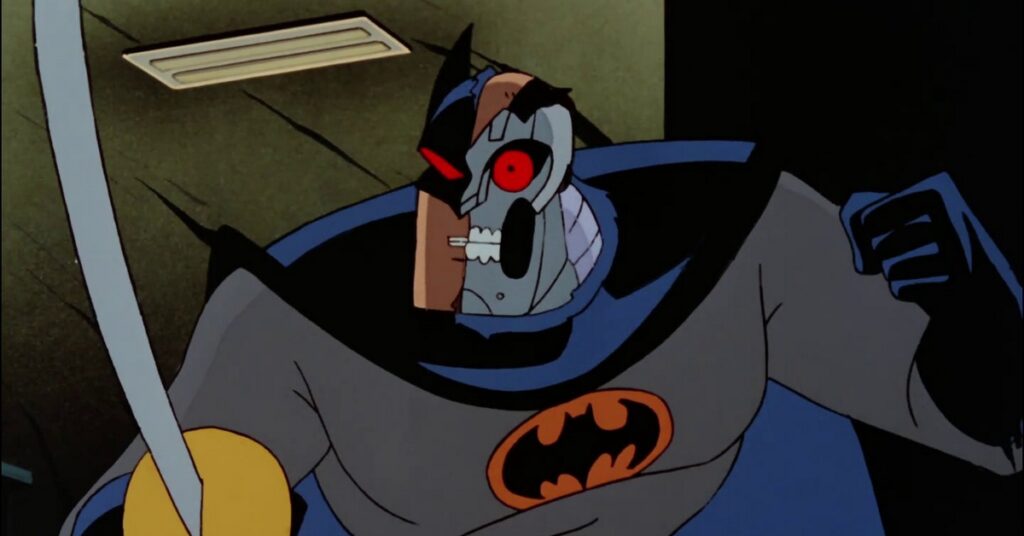
Even BTAS took a shot at killer machines with Holographic Analytical Reciprocating Digital Android Computer or HARDAC. This giant supercomputer was invented by Dr. Karl Rossum and appears in a three-episode story arc in which it goes haywire and attempts to become the Batman version of Skynet. It even creates Terminator-like robots, including the Batman duplicate.
Fortunately, the latter proves to be its undoing; the Batman duplicate suffers an existential crisis when it learns of its machine origins, betrays its creator, and helps the real Batman pull the plug on the maniacal supercomputer — which subsequently destroys it too. The episode ends with Batman wondering whether his android duplicate had a soul — and we wonder whether it dreamed of electric sheep.
Red Claw
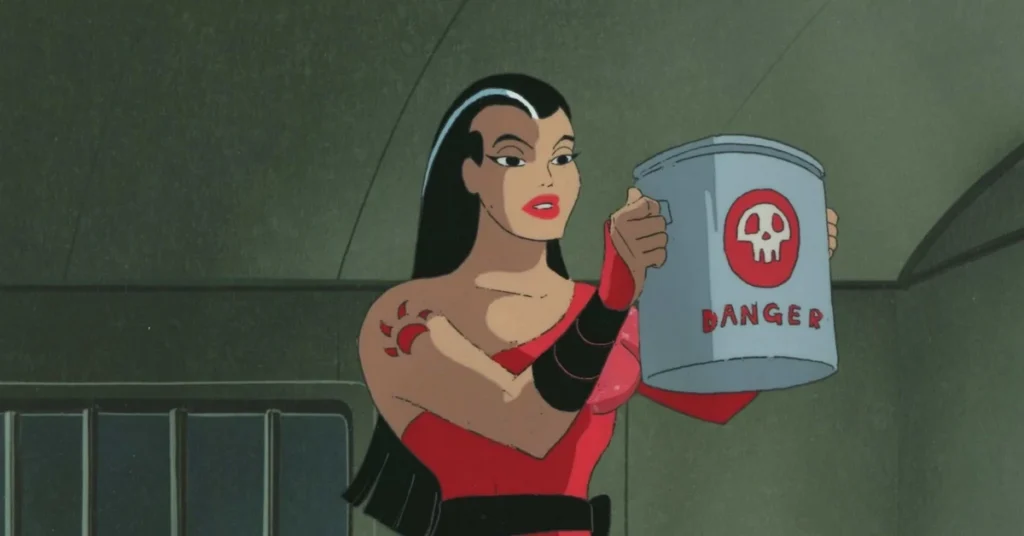
This Eastern European femme fatale was the head of an international terrorist organization and is only known by the red claw mark tattooed on her shoulder since her real identity and past aren’t revealed in the series. Other than issuing threats and ransom demands against powerful countries and enemies, the Red Claw’s organization’s main agenda remains unknown.
She first came to Gotham City shortly after Batman’s first encounter with Catwoman at the beginning of BTAS and has appeared in two more episodes (in total) during the show’s run. Fortunately, her role didn’t end there, as she’s one of the few original baddies from the series who made it from BTAS to mainstream DC continuity and became a canonical character — though it took DC three decades to do so.
Baby Doll

People often say that many good things come in small packages but tend to forget that the same applies to poison. This is particularly true when it comes to Baby Doll, a Batman villain who appears as a 5-year-old girl — “appears” being the keyword here. Marion Louise Dahl was a 40-year-old actor born with a rare condition that stunted her growth, trapping her in a 5-year-old’s body.
Marion gained fame while playing Baby Doll in-universe, but that star status eventually faded, and the actress was subsequently shunned for her stature and disorder. This made it difficult for her to land new roles, causing Marion to slip into depression and eventually descent into insanity. She assumed the alias of Baby Doll and turned to a life of crime. Batman and Robin intervened, and the character has developed a cult following. Sadly, she didn’t become a canonical character.
Lock-Up
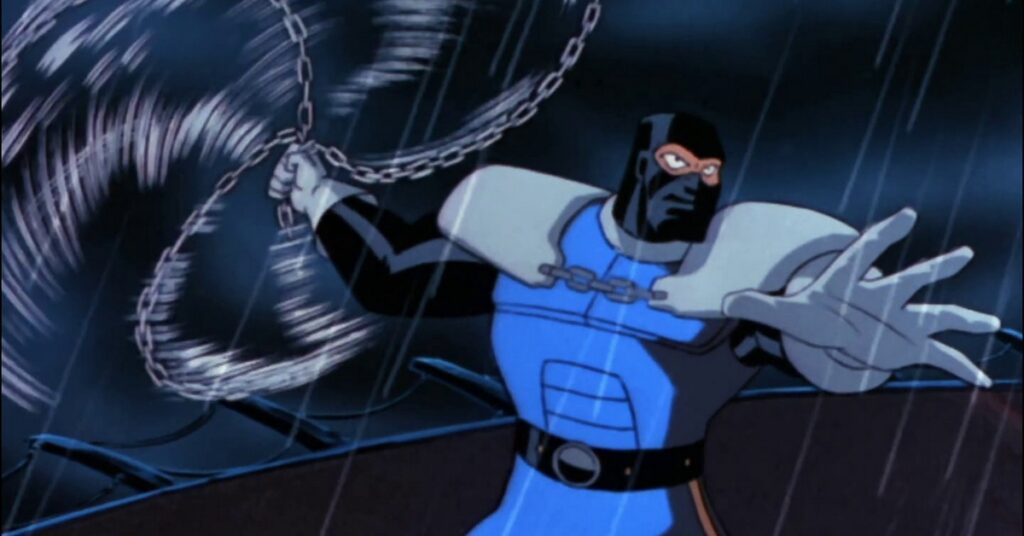
Lock-Up is actually the first BTAS villain that, despite being created specifically for the series, entered the mainline DC continuity. Lyle Bolton, as is his original name, was initially a guard at the Arkham Asylum and was known for using any means necessary to keep the prisoners in line.
However, after he had stepped over some boundaries, Arkham fired him, so he assumed the identity of Lock-Up and turned to vigilantism before the writers turned him into a minor villain. Though he made only one single appearance in the series, Lock-Up was eventually brought into the main storyline in 1996’s Robin #24 and has appeared in numerous DC comics since.
Harley Quinn
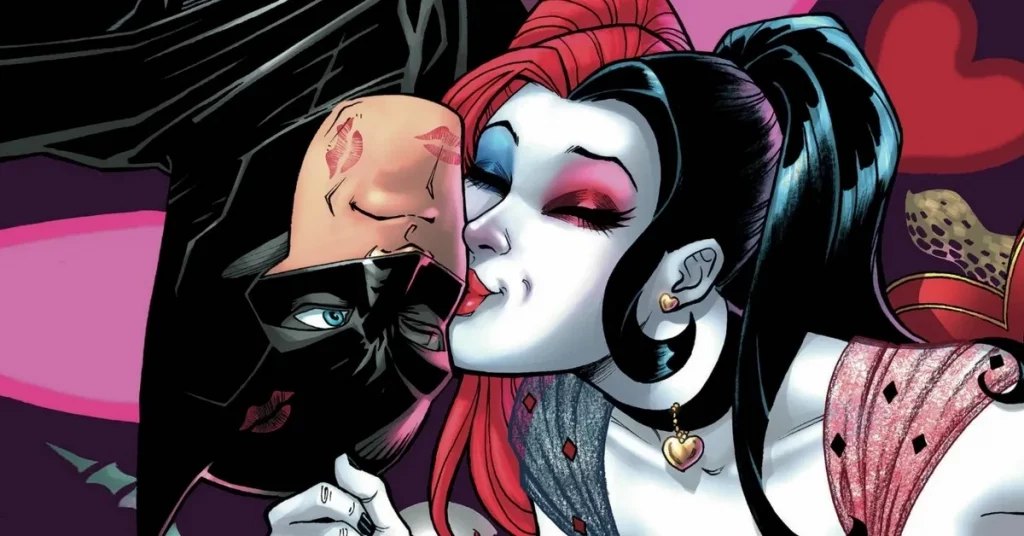
Believe it or not, Harley Quinn wasn’t a canonical character before BTAS aired. Instead, she was created specifically for the series as a sidekick to Mark Hamil’s Joker. Furthermore, the character was originally intended to appear for a single episode, but the producers of BTAS really enjoyed her character, so they ended up keeping her in the show.
Ever since her debut in the series, Harley has not only become a recurring character and Joker’s love interest, but she has recently turned into an anti-hero and become one of DC Comics’ most popular and profitable characters. She has even received her own animated series.
Final Thoughts
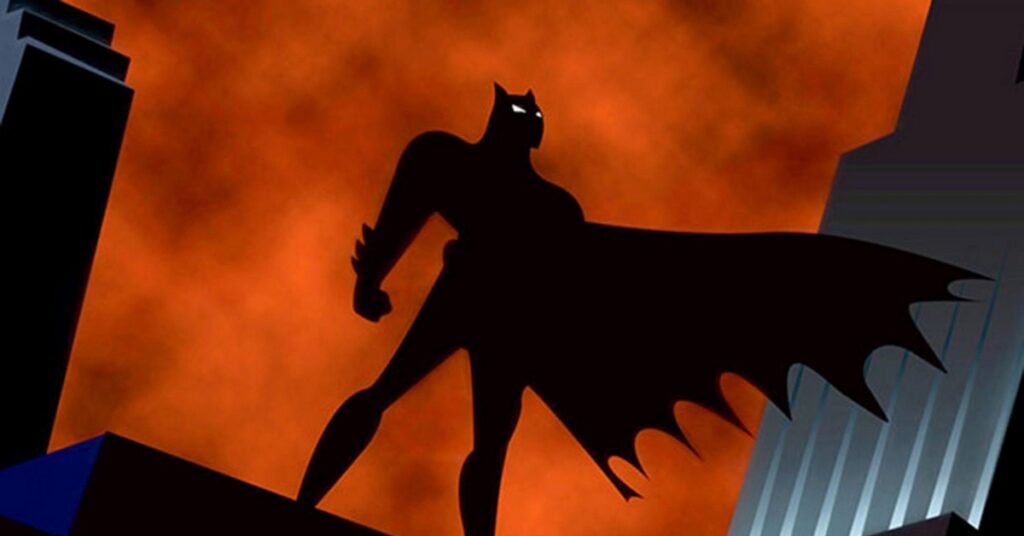
Batman: The Animated Series may have debuted over three decades ago, but its impact on the Batman mythos remains undeniable. Not only did it introduce some of the most iconic villains from the Batman universe, but it also influenced the larger DC universe and still continues to shape the world of Gotham City for both the fans and the scribes who continue to write about and build upon the legacy of the Caped Crusader.









